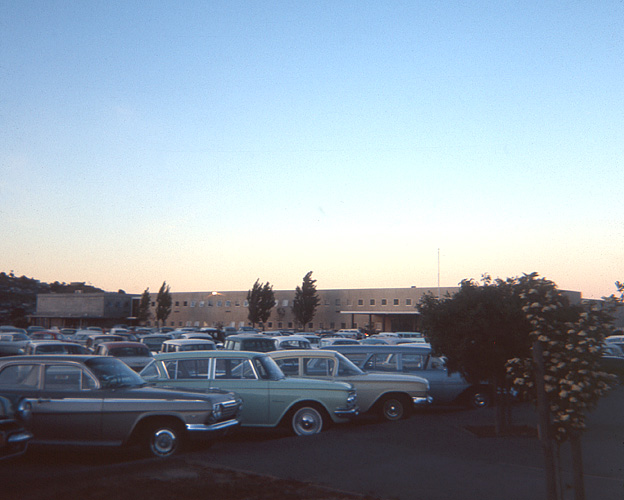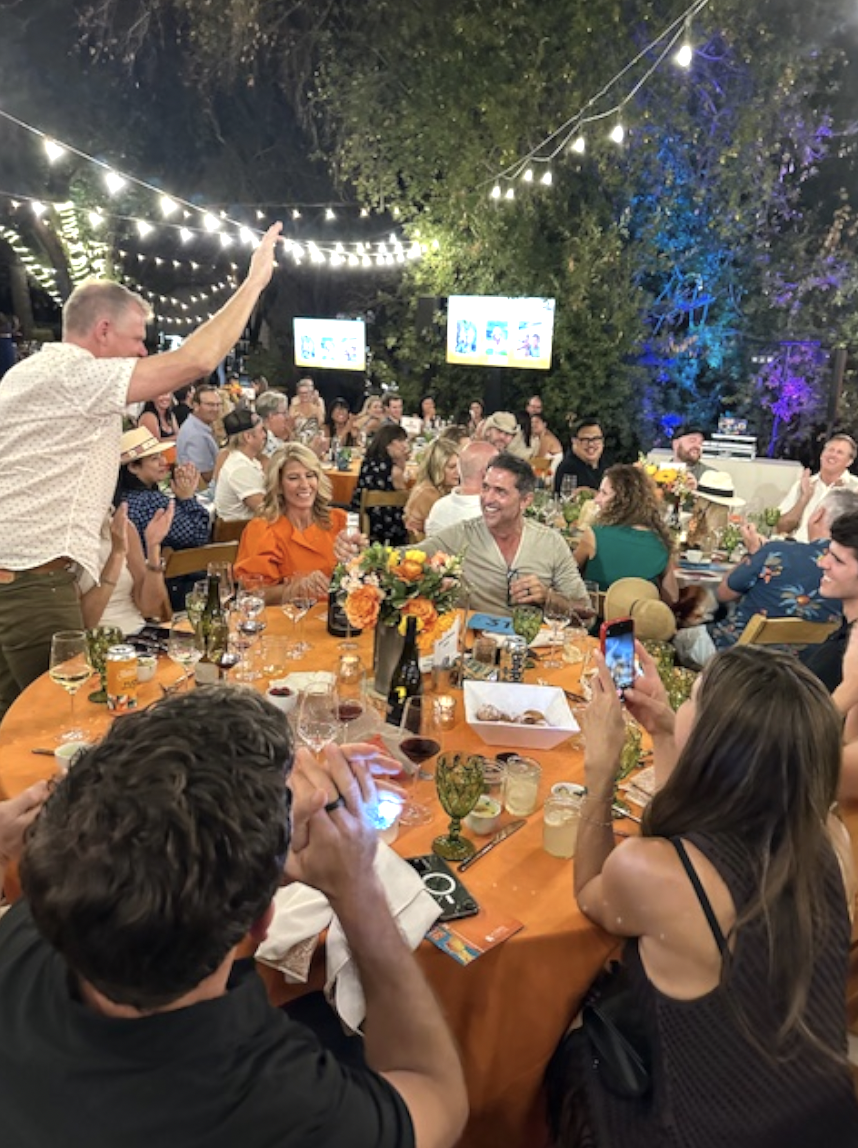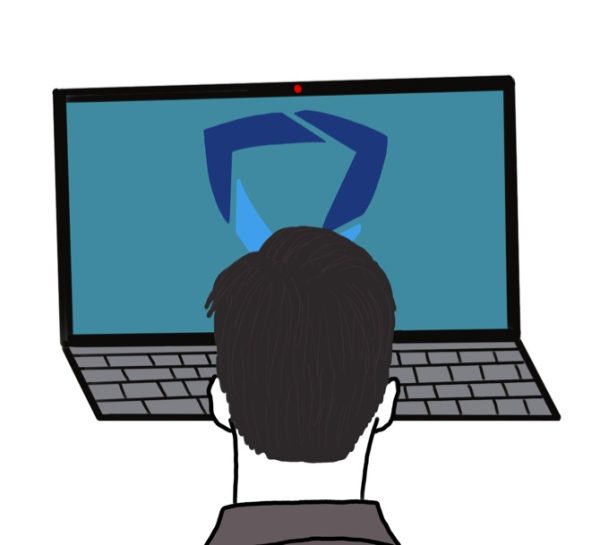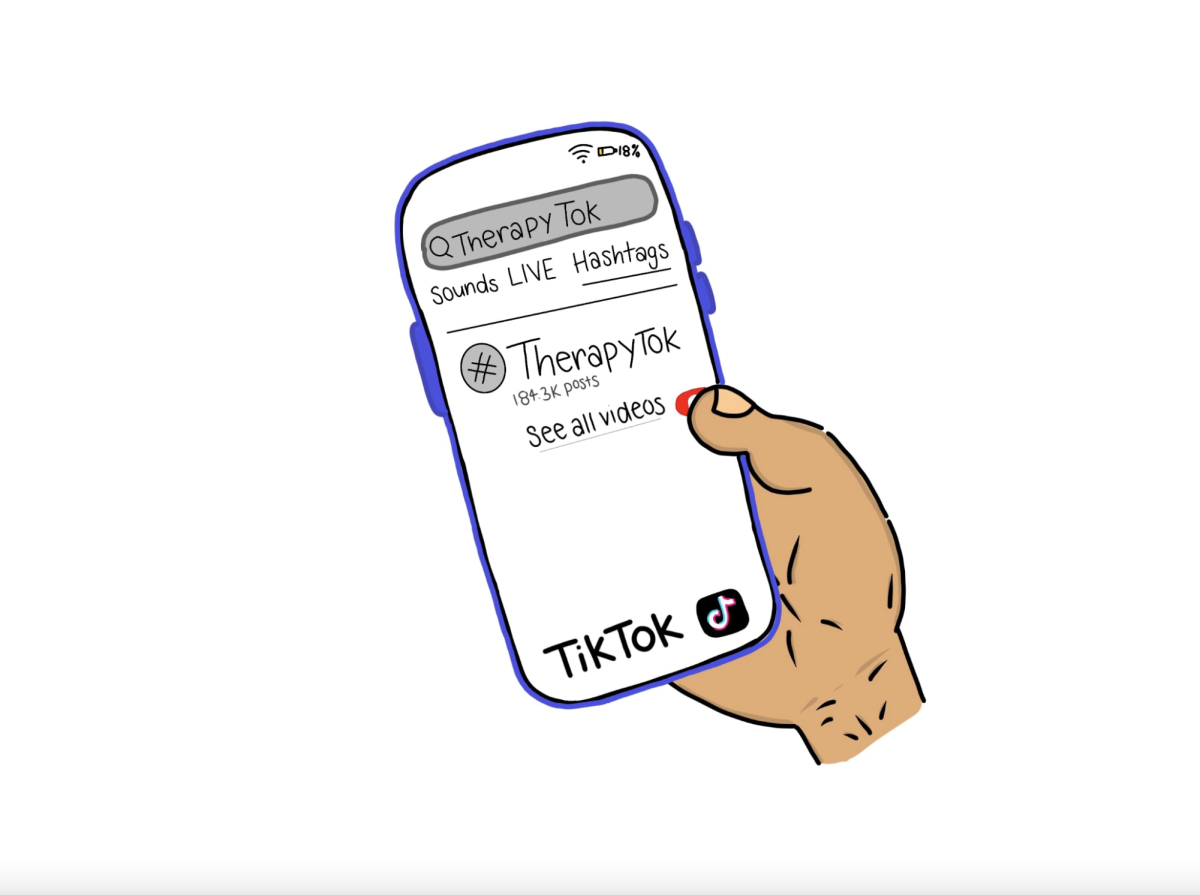After a whole generation envisioning their high school dating lives resembling something similar to High School Musical, disappointment is inevitable. The difference between High School Musical and real life today is social media. Romantic dates have been replaced with late-night texts, flowers have been replaced with a “saved a snap in chat” notification and a wholesome kiss on the doorstep at the end of the night has been replaced with a mediocre car hookup at Bolinas Ridge.
With the introduction of social media, dating in high school has become more complicated and nuanced than ever. Unlike when our parents were in high school, teens now have to navigate the ever-changing dating standards set by social media, making serious, exclusive relationships uncommon.
A study conducted by the Survey Center on American Life found that only 56 percent of Generation Z have been in relationships, whereas 78 percent of Generation X reported having been in a relationship during high school.
Redwood parent Jayme Fulford has noticed this generational difference and feels this is primarily due to social media and technology.
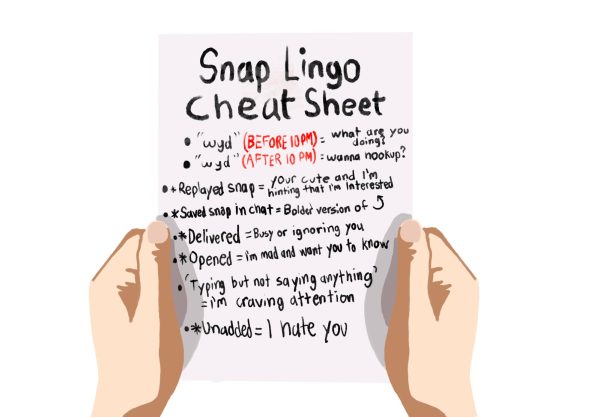
“I think the connections that teens make with somebody they’re dating or want to date is a lot more casual than it was when I was growing up. If we wanted to make a plan, we had to call a landline or make plans in person,” Fulford said.
According to Pew Research, the Snapchat app is teenagers’ main form of romantic communication, with 68 percent of teens using it. Harriet Pavey is a psychology expert who has extensively studied relationships among teenagers.
“Teenagers are less likely to meet up in person because they spend so much time chatting on messaging apps,” Pavey said.
Users can add and snap as many people as they want on Snapchat. The term “talking stage” has gained popularity amongst Generation Z in the last six years. A “talking stage” is defined by Google as “the early, exploratory period where two people are getting to know each other through conversations and interactions but are not yet officially dating or in a committed relationship.” “Talking stages” can be associated with Snapchat as the app facilitates easy and casual communication. According to a recent Bark survey, 63 percent of Redwood students have had a “talking stage” on Snapchat.
“Now teens can have lots of options because they can be snapping and texting multiple people at once, whereas when I was younger, you just had one person that you were interested in at a time,” Fulford said.
Junior Katie, who has chosen to remain anonymous, is a Snapchat user and has noticed the hook-up culture that the app facilitates.
“[Social media] has made dating more casual because communicating with someone is a lot easier. You don’t have to call them or see them in person if you don’t want to. Instead of asking for someone’s number, you ask for their snap because it’s less personal. Anyone can find someone’s snap,” Katie said.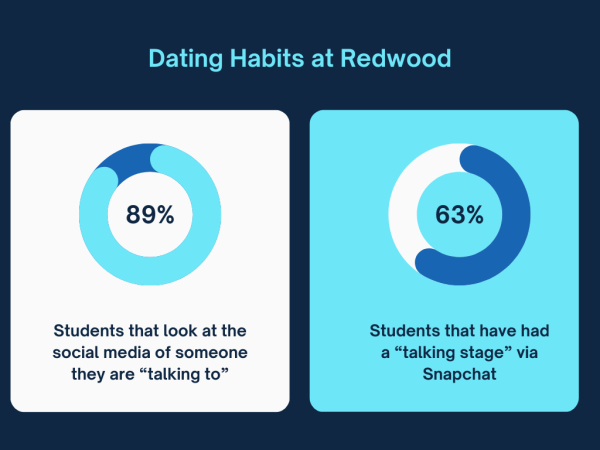
One of Snapchat’s many appeals is that it allows people to communicate easily without having to do so in person. The “snap” aspect involves sending pictures back and forth, so it’s not an entirely faceless process.
Junior Nathan, who wished to remain anonymous, relates to the many teens who prefer Snapchat communication over in-person conversation.
“I hate talking to girls [in person] because it is scary. Face-to-face conversation can be very difficult. That’s why I [use Snapchat instead],” Nathan said.
Often, when using Snapchat, two people will snap back and forth for multiple weeks before ever having a text conversation. Research conducted by San Diego State University concluded that since the 1980s, the number of teenagers who have gone on a date has decreased 23 percent.
“I think that [meeting on Snapchat] wastes time because when I was younger, the way it worked was, you would meet once or twice and then go on a date and then know from there if you wanted to date that person or not. It wasn’t a drawn-out process,” Fulford said.
Fast and casual communication on Snapchat has led to an increase in hookup culture. Instead of committing to a relationship, it is becoming increasingly more common that relationships are mainly sexual and sometimes lack true, genuine emotion.
“Personally, it is easier for me [to hook up with girls because of social media] because all I have to do is text a girl and ask if they want to hook up. The success rate is [high]. I’ve had about five [rejections] and about 50 [successes],” Nathan said.
The awkwardness of ending a relationship can be avoided over the phone. Simply sending a chat, Direct Messaging, or text allows people to escape uncomfortable face-to-face confrontations.
“When I was younger, if you wanted to break up with someone, you had to have a face-to-face conversation with them. Now it can just be done via Snapchat,” Fulford said.
According to the National Social Anxiety Center, 60 percent of Generation Z struggles with social anxiety. Communicating via Snapchat allows teens some relief from this anxiety usually caused by uncomfortable social situations like a breakup. One of the common ways to end a relationship is by “ghosting,” the phenomenon known as when someone suddenly stops responding to another person.
“[Ghosting] goes against everything [people in older generations’] were taught growing up. If you’re not into somebody, just tell them because it’s easier for them and makes you feel less guilty. Ghosting is such a weak and immature thing,” Fulford said.

An alternative to ghosting with a similar effect is unending or blocking someone, essentially cutting off contact with them. Both of these tactics are seen as immature to the older generations that didn’t have options like these.
“Unadding someone on Snapchat is just such a slap to the face to that person. It’s petty, immature and embarrassing for the person that does the unadding because it shows the lack of maturity,” Fulford said.
Snapchat is not the only form of social media that has led to a change in relationship habits. Instagram, an app based on appearances and personas, has become a tactic for determining whether one wants to start a relationship or start snapping that person. According to a recent Bark survey, 89 percent of students look at the social media of the person they are romantically interested in.
“It is [normal to look at someone’s Instagram that you are interested in having a relationship with] because you want to know what you are getting yourself into before you actually start texting them,” Katie said.
Because people can choose what photos and videos they post of themselves, how they portray themselves on Instagram is usually not how they are in person, which can be misleading.
“Anyone can post something on social media and it doesn’t have to look like them or reflect [them as a person] at all, but no one will know that until you meet in person,” Katie said.
Though this is common among teenagers, adults are likely to see the flaws with this.
“The way people present themselves [on social media] is so unrealistic. You might as well present yourself how you actually are because it may get you one date but it doesn’t get you a second,” Fulford said.
Generation Z’s trend of dating less could shift how they view and approach relationships in the future. Later in life, traditional, serious relationships may become less appealing due to their lack of exposure in high school. According to The Institute for Family Studies, the number of marriages is already dropping, with one in four 40-year-olds having never been married, and these rates are expected to grow. Between social media and stunted emotional and social development due to COVID-19, commitment being scarce in high school will undoubtedly impact Generation Z.


